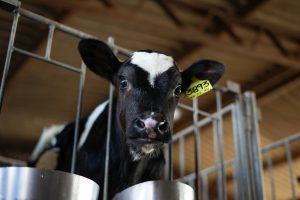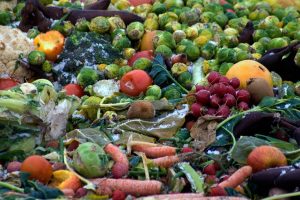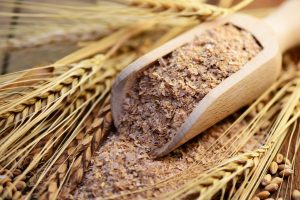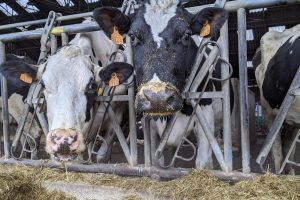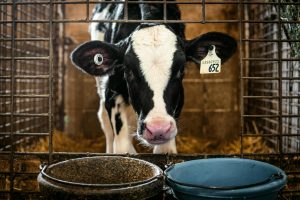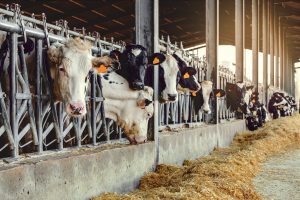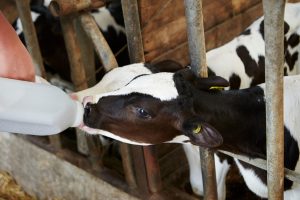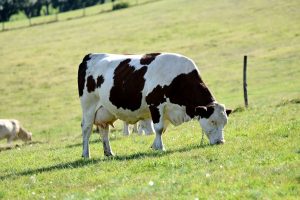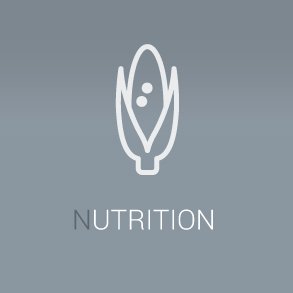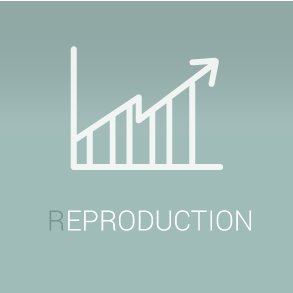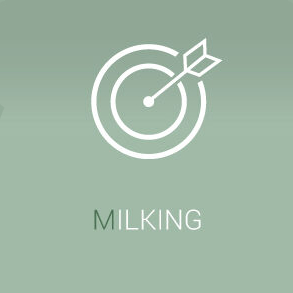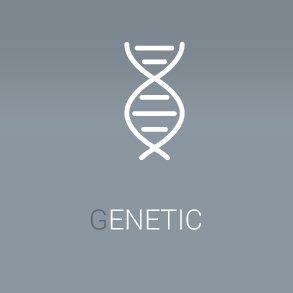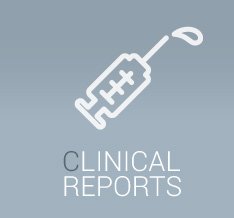Research Perspectives
Dellait » Dellait Knowledge Center
LATEST ARTICLES
DELLAIT KNOWLEDGE CENTER
Ancient European farmers started dairying thousands of years ago, milking cows and transforming the milk into dairy products such as cheese, butter, and yogurt. Dairy product consumption and the ability to digest lactose shaped human history giving milk drinkers the advantage of surviving famines and helping them spread their civilization and cultures.
Today, centuries later, milk continues to be a unique superfood. Its high concentration of essential amino acids and fatty acids along with its rich content in calcium and vitamins makes milk one of the most nutritionally complete foods. It is the fifth largest provider of energy and third of protein and fat for human beings. Recent studies have linked milk intake to a wealth of health benefits at any stage of life, from infants to elderly groups.
Following dairying tradition, dairy farmers and herdsmen across the globe feed, breed and take care of their cows and heifers. Every day, Holsteins, Jerseys, Gir cows or water buffaloes are milked 2 or 3 times to collect this affordable nutritious food making it available to “feed the world”.
The Dellait Knowledge Center (DKC) is a global platform where we share innovatory practices on dairy herd management and applied research. The DKC’s multidisciplinary team researches and brings insights and strategies that help dairy leaders gain competitive advantage on their operations. Working with an extensive network of external collaborators, leading scholars, and partners, we explore ideas that will transform the dairy industry of tomorrow.

DID YOU KNOW THAT?
The dairy sector is growing fast: World milk production is projected to increase by 177 million tonnes by 2025, at an average growth rate of 1.8% per annum in the next 10 years (FAO, 2016)
MANAGEMENT
The DKC’s multidisciplinary team researches and brings management strategies that help dairy leaders to drive better business decisions. The DKC’s Management provides valuable knowledge in critical business areas such as nutrition and feeding, milking, reproduction, housing, and breeding practices.
DID YOU KNOW THAT?
Dairy cows are directly owned by women in 25% of cattle keeping households, which implies that over 37 million of dairy farms are female-headed (FAO 2016)

TOPICS
Feed additives are defined as products used in animal nutrition for improving the quality of feed or the animals’ performance and health. They may be classified as technological, sensory, nutritional, or zootechnical additives. Information regarding new products, dosage, time of application, or return on investment is critical to ensure that additives are included efficiently in the diets. The DKC’s team selects, evaluates, and summarizes the latest research published in scientific journals involving additives fed to dairy cattle.
Adequate ration balancing is a crucial component of a dairy farm budget. Undetected nutrient deficiencies or excesses can have different and variable effects on cows’ performance and health. Nowadays more feed ingredients are available to be included in dairy diets. With feed comprising the largest operating expense, nutrient composition of feed ingredients and feeding strategies are the key profit drivers in modern dairy farms. The DKC’s Feed Library publishes recent research on the main feeds included in dairy cattle diets.
Maintaining healthy herds is a priority in commercial dairies. Prevention, early diagnosis, and effective treatment of health disorders is required to improve cow performance and enhance longevity of the animals. Most of the metabolic problems of the dairy cow happen during the first two weeks of the lactation. It has been reported that nearly 25 percent of the cows that leave the herds do so during the first 60 days in milk.
With the main goal of following the DKC’s motto, Evolving the dairy industry, the DKC Quarterly publishes ideas and insights from the DKC’s team and the world’s leading experts in a thought-provoking way. The Quarterly provides new developments in technology, business, people capital management, environmental issues, and cow care, among others.
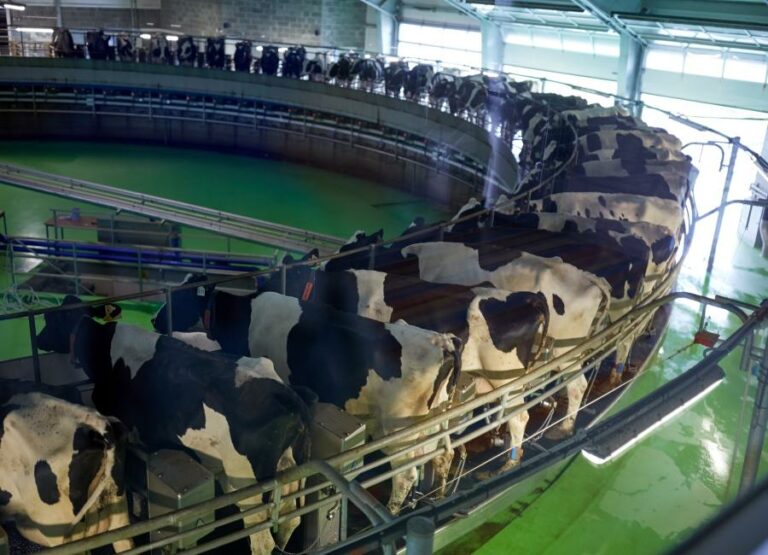
DID YOU KNOW THAT?
With an estimated 150 million dairy farms worldwide, it is likely that the dairy sector supports the livelihoods of up to one billion people worldwide (FAO 2016)



